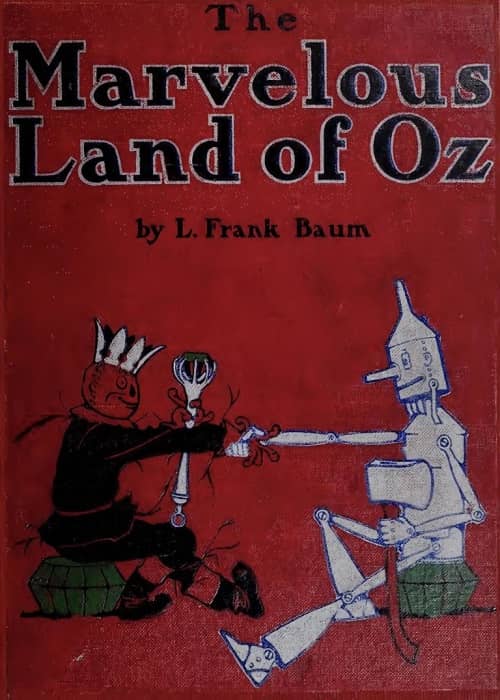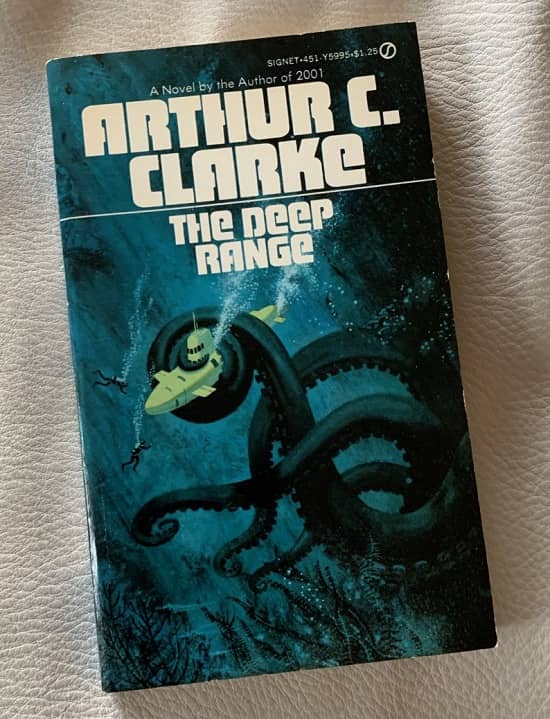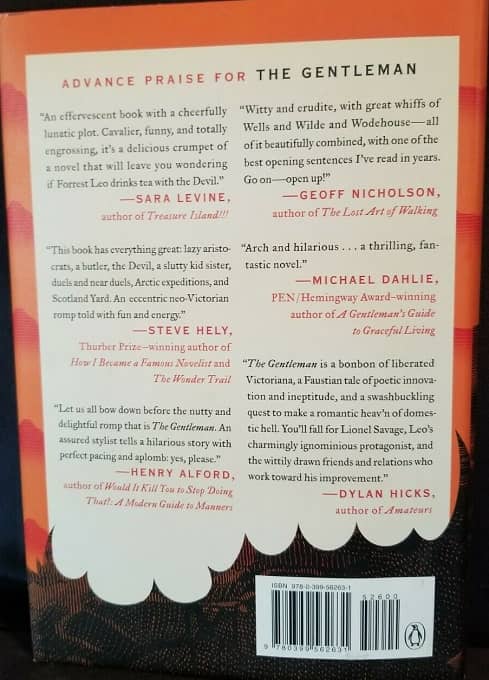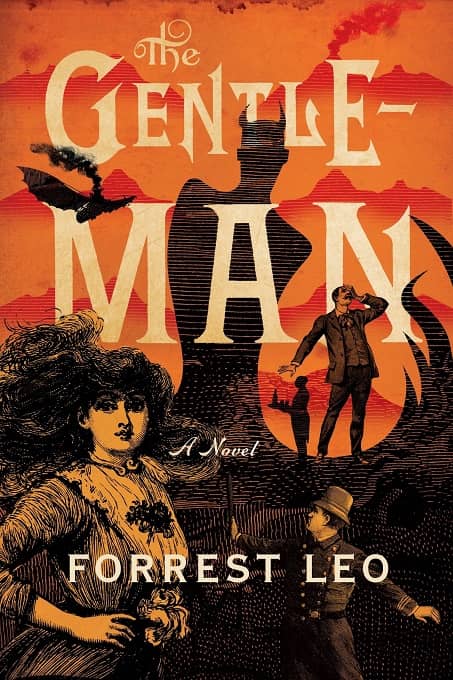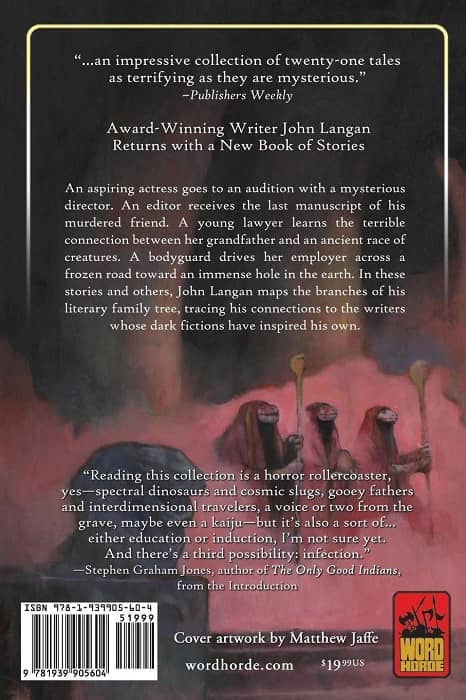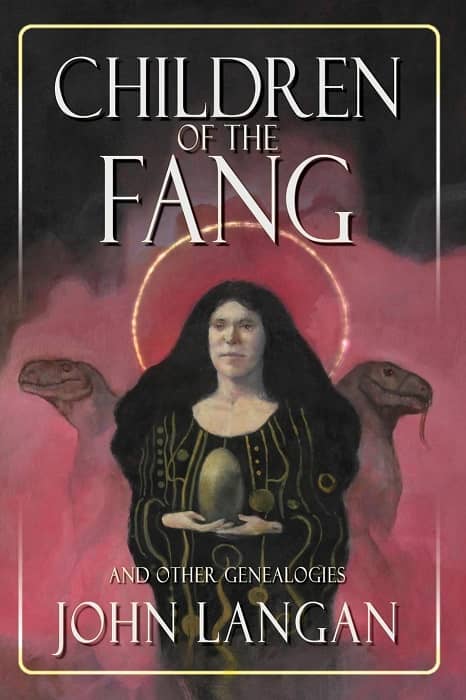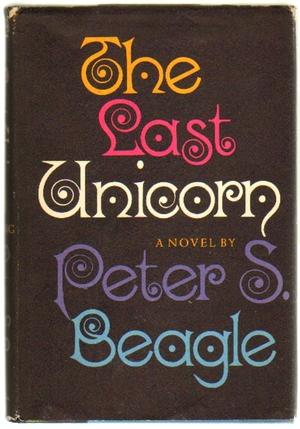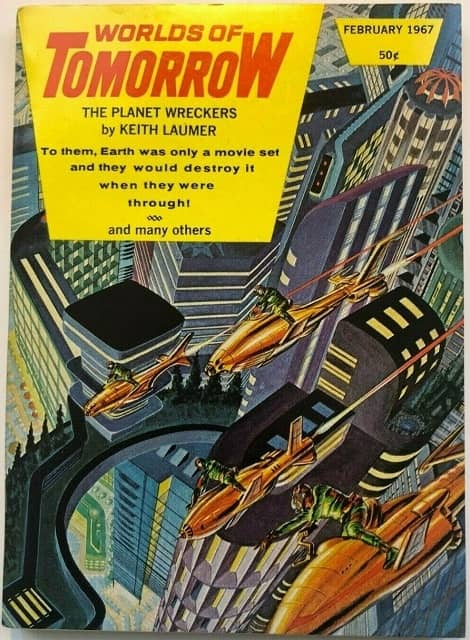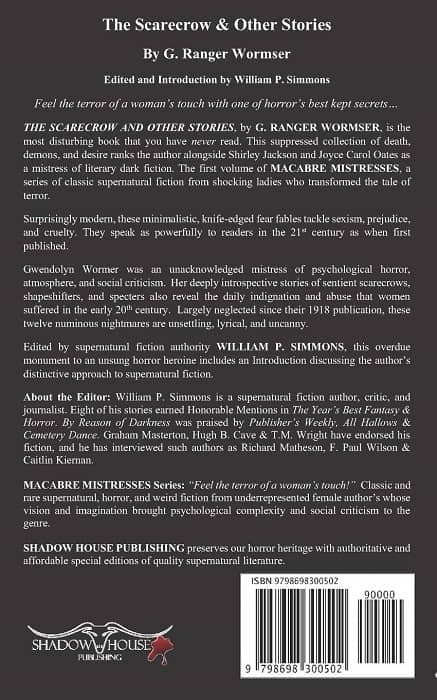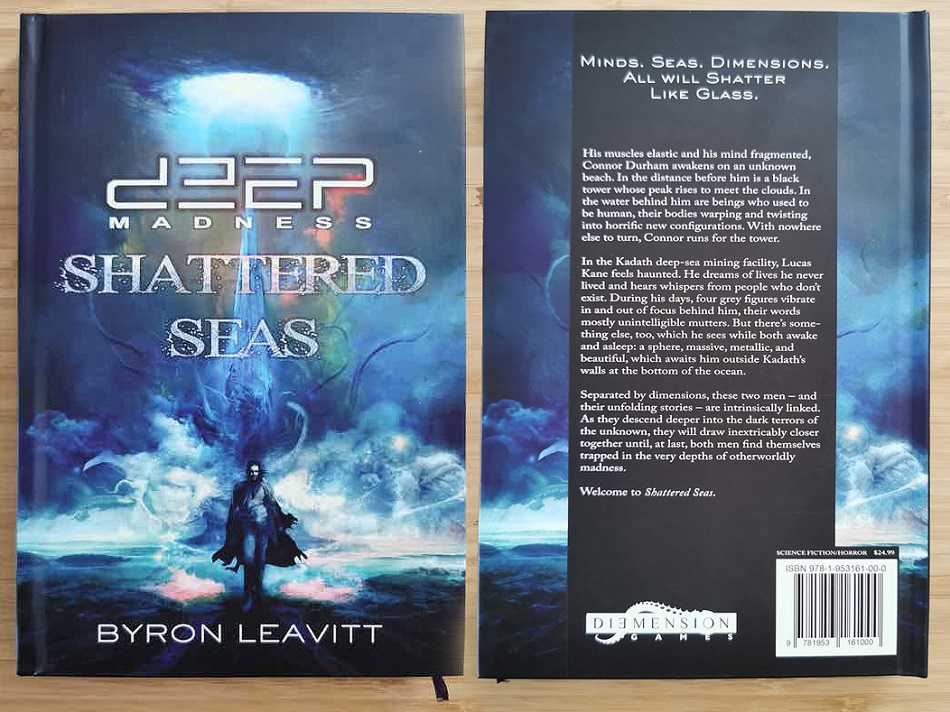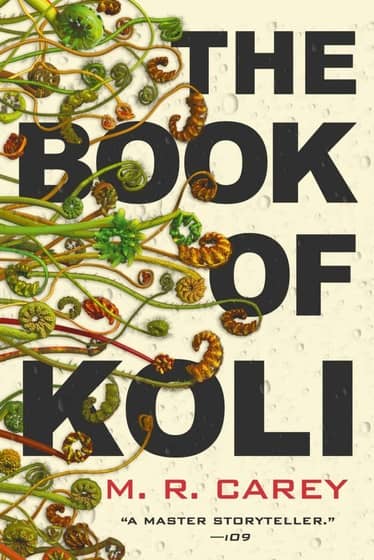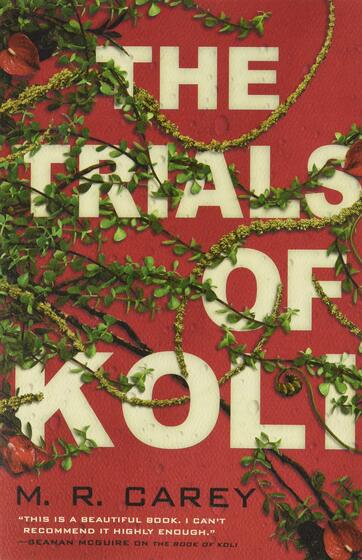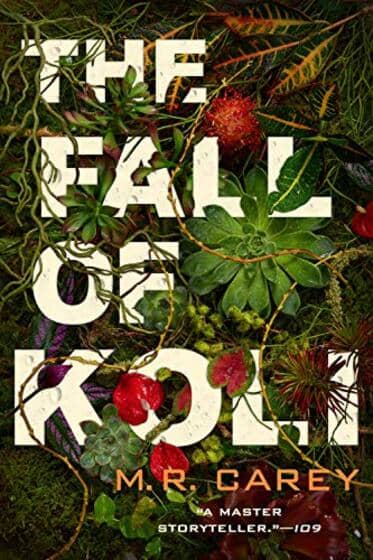Space vampires!
Barbarian babes!
Psychedelic murder!
Dark Orbits is an animated science fiction series brimming with so many ideas that a rift had to be opened to another universe just to make room for them all. The only thing more amazing than the fact that this whole series is apparently produced by one person is the number of Youtube views it’s garnered. And by that I mean … way too few. Seriously, the first episode, Arrival, hasn’t even broken the 1,000 mark. The number of subscribers hasn’t even broken the 500 mark.
And this is absolutely the sort of show I’ve wanted to see for years. There are shades of Aeon Flux, Ralph Bakshi, and 1981’s Heavy Metal in every episode. What’s it about? Like Aeon Flux, the series is largely dialogue-free, leaving the viewer to work out exactly what’s going on. But basically, a rift in spacetime has been opened near an alien planet. Ships drawing too close to the rift encounter … strangeness. Meanwhile, inhabitants on the planet’s surface have to deal with all of these bizarre visitors.
Like Heavy Metal, there are several different stories and each episode focuses on either the spaceship crew sent to investigate the rift, the primitive pseudo-Amazon tribes on the planet’s surface, or what appear to be several different alien vampire cults vying for hosts. After ten episodes, there are hints of how the stories are connected, making it a series that rewards repeat viewing.
As for the animation, I have trouble believing that this series was done by one person, since the quality is consistently high. The animation style lends itself to action-focused storylines with bizarre alien creatures. Nothing is meant to look realistic and the plot, music, and animation come together to give the whole thing a dreamy, trippy vibe.
If you just want a taste, check out the promo trailer. The whole series (ten episodes at the time of this article) can be viewed back to back in less than an hour’s time. While it’s free on Youtube, you can also support the creator through Patreon. Check it out and let me know what you think.
